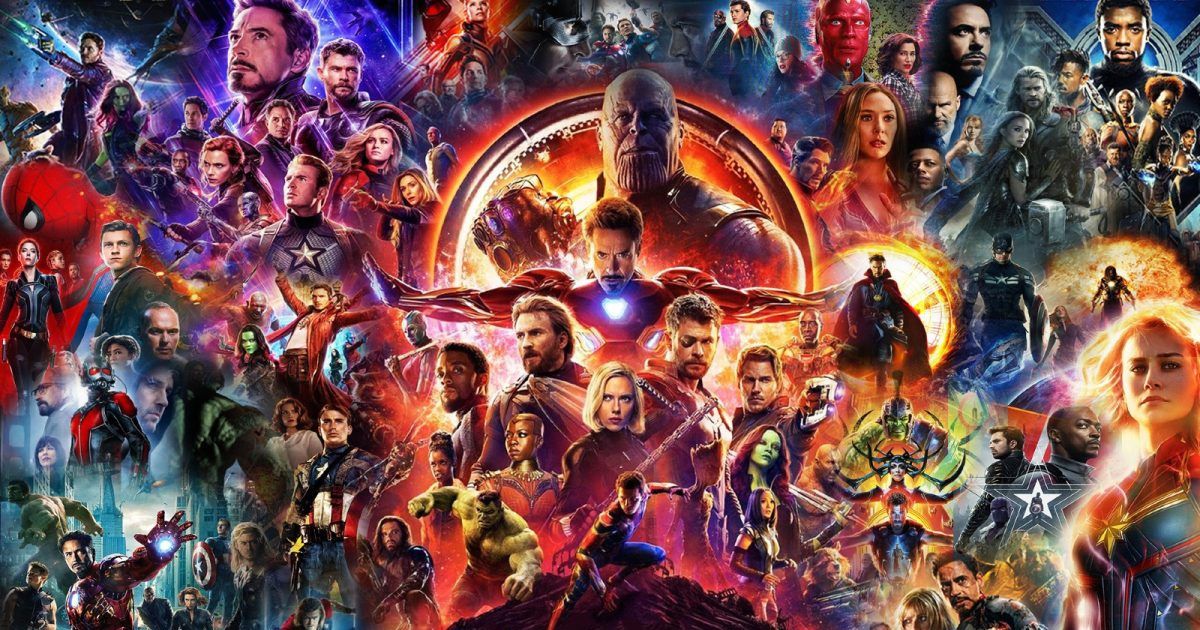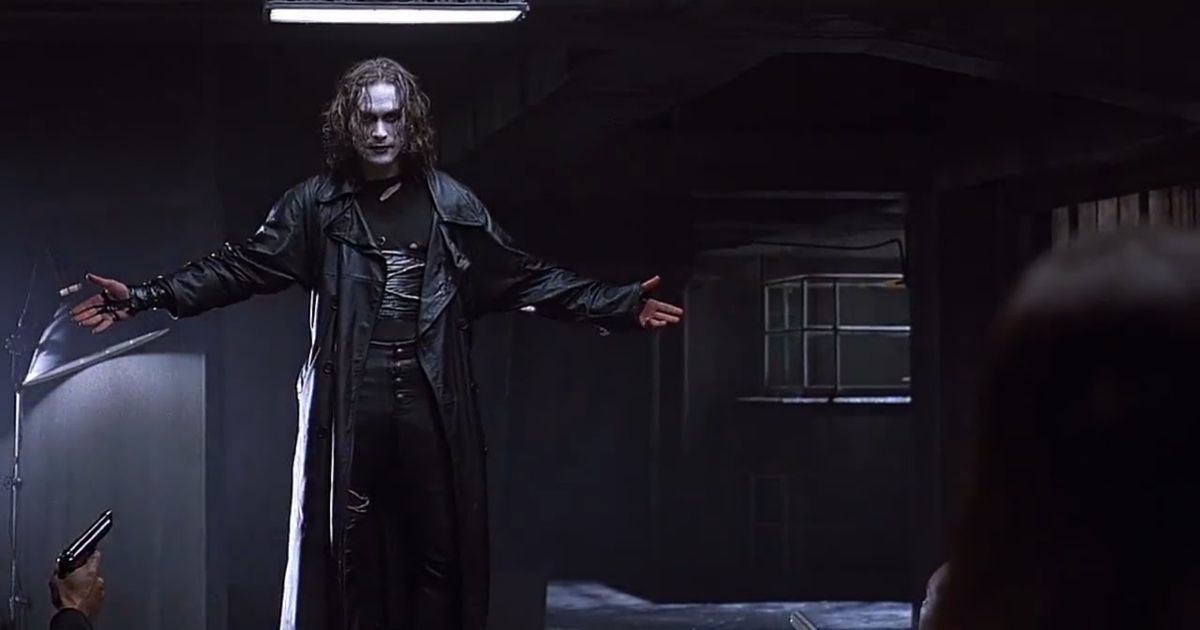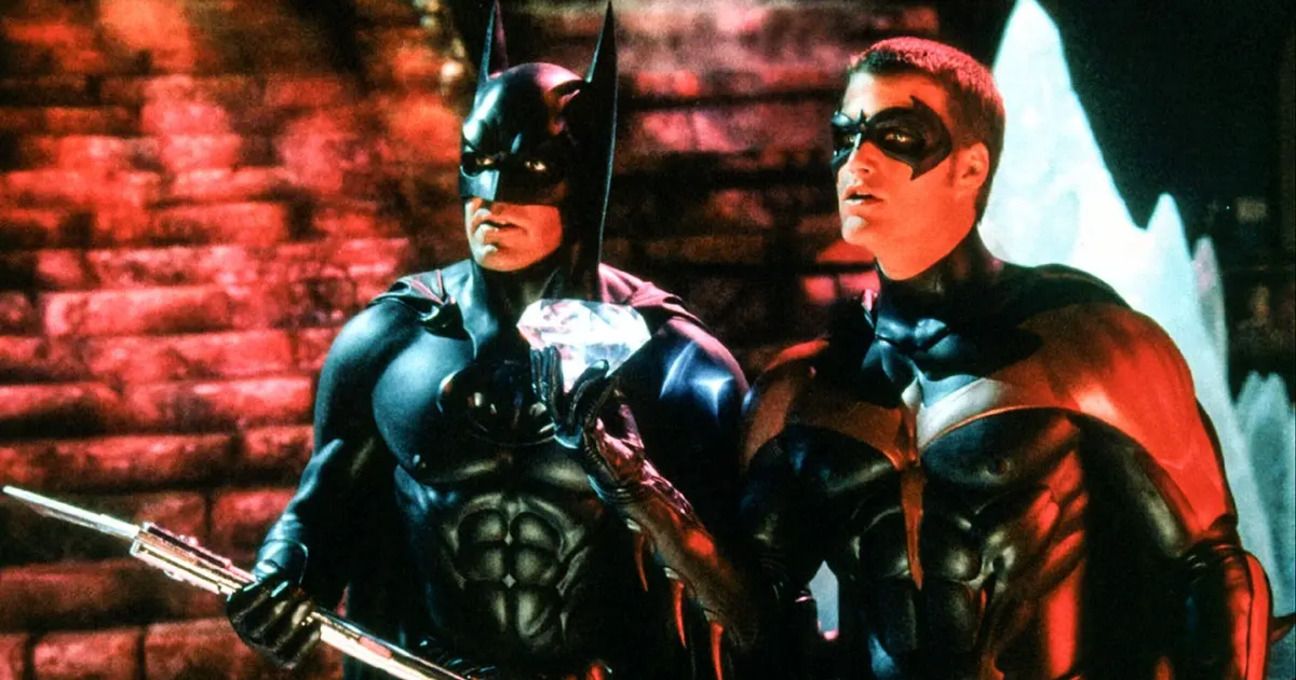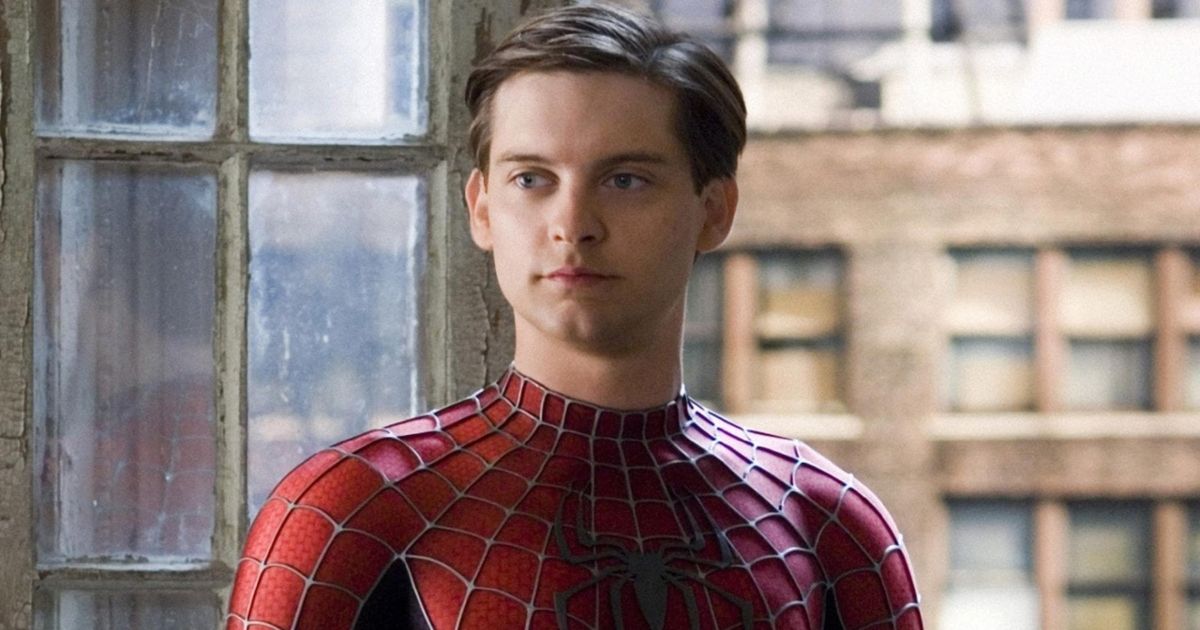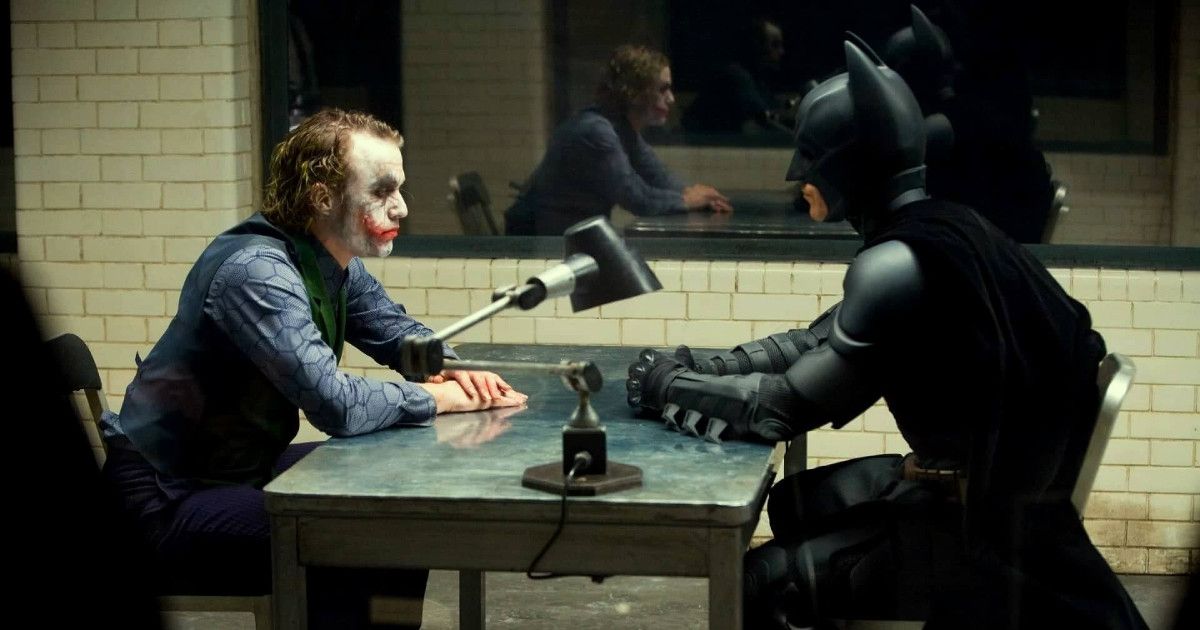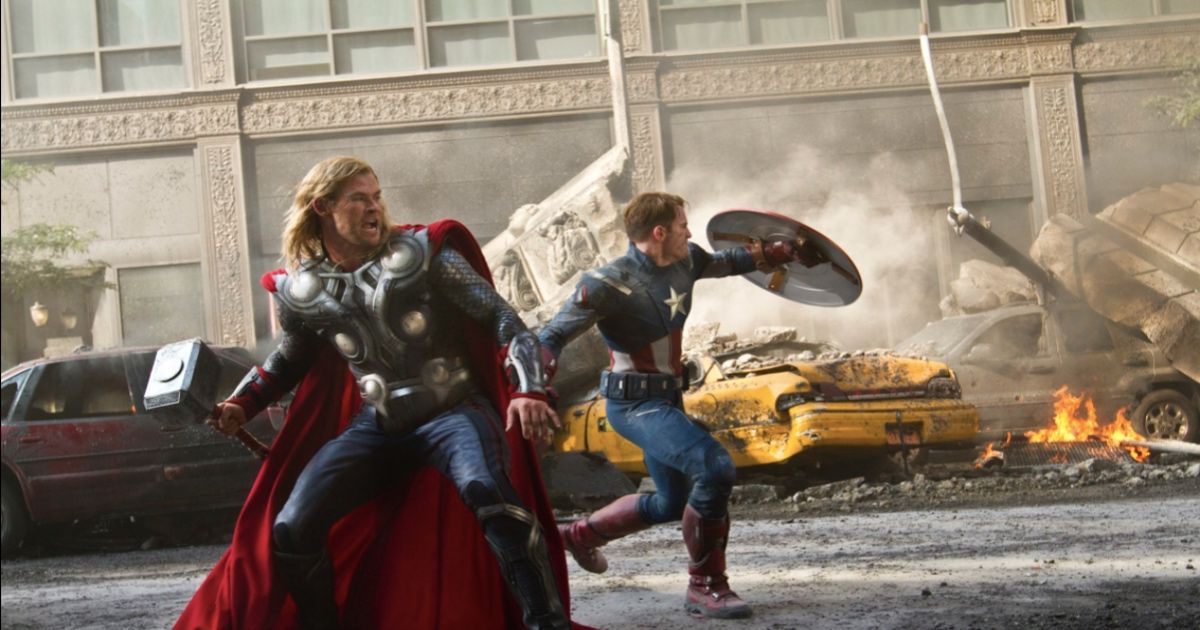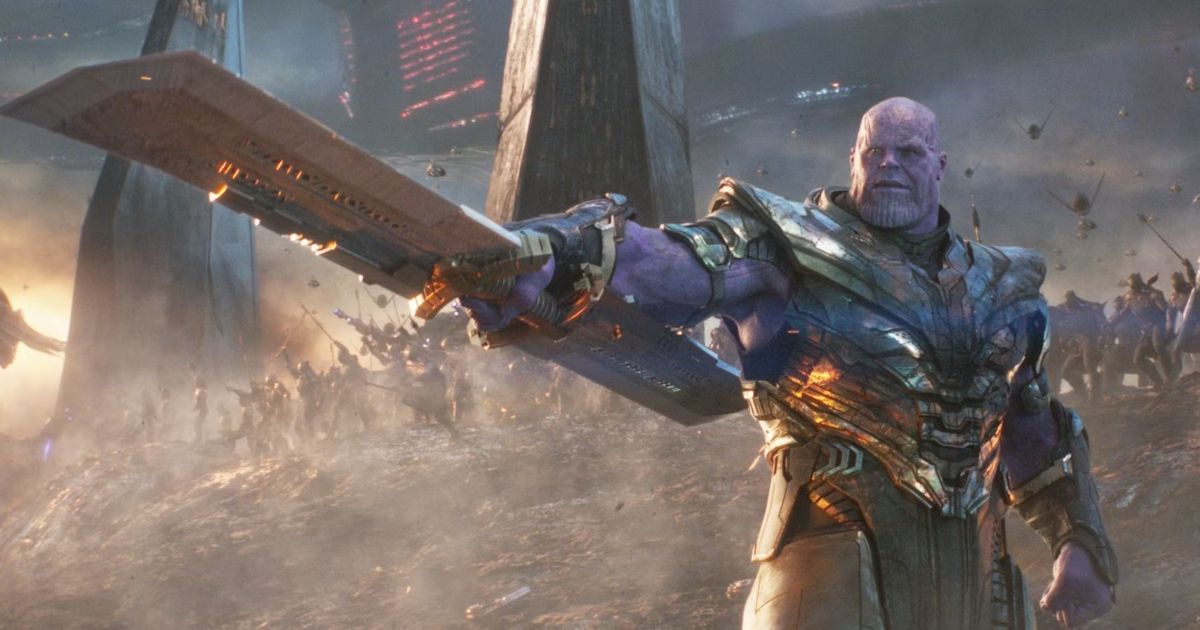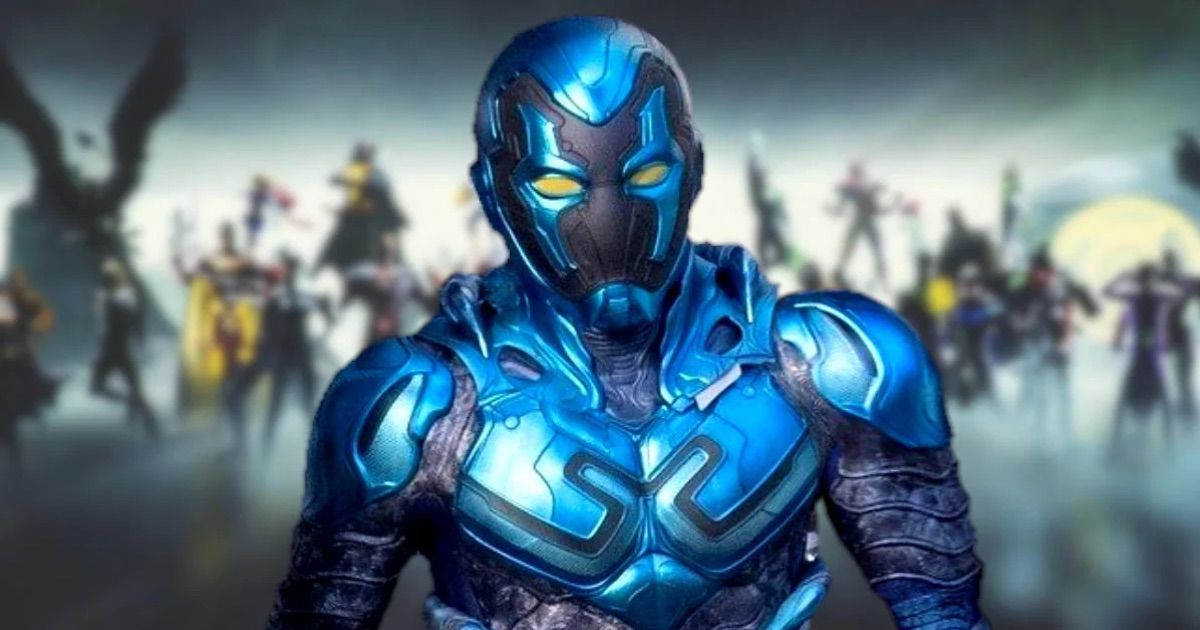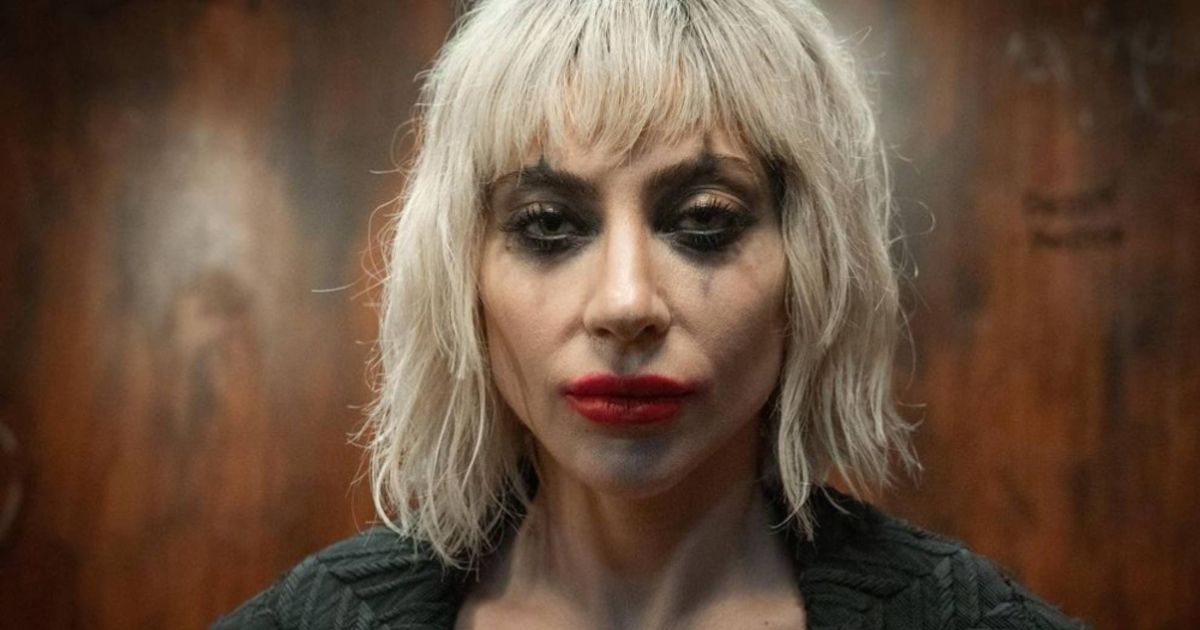Regardless on where you stand when it comes to superhero and comic book movies, there is no denying their current domination in theaters. These films are currently experiencing a level of popularity that it is easy to forget was not always there. In fact, films based on comic books were once considered incredibly niche, and not particularly well regarded by critics.
The current state of superhero-dominated cinema is a process that has been in development for quite some time. In fact, it can be argued that the current trend involving comic adaptations began 30 years ago, and grew over three decades into the incredible entertainment phenomenon we experience in theaters today. Let’s take a look back at several influential movies from each decade and see if we can trace the ascent of the superhero genre through some of its most influential examples.
The 90s: From Camp to Grit
In the 1990s, comic book movies seemed to be on a slow but steady rise. Tim Burton’s 1989 Batman film had managed generally favorable reviews with critics, and a wider array of comics was being explored. Unlike previous iterations of comic films, some of these new pieces were darker. While it is easy to refer to Burton’s Batman Returns, another, even darker film garnered critical praise and is still considered a cult classic: The Crow, starring Brandon Lee.
Taking the hint from Burton’s dark take on comics, The Crow adapted a grim tale of a vengeful revenant exacting brutal justice on the street gangsters that murdered him and his wife. Unlike traditional cape and cowl superhero films, this was a gritty and dark take on the genre, one that was both a product of its time, and well ahead of the curve. A moody, gothic tone accompanied by an alt-rock soundtrack lived in the 90s, while the dark and stormy themes and vengeance-driven plot has become something of a staple in modern film almost thirty years later. This was a comic book film telling a dark and grounded story without a cape in sight, and its success flew in the face of Warner Bros. executives that had recently broken with Burton because, as reported by Entertainment Weekly, he was “too dark and odd for them.”
Instead, Warner Bros. hired director Joel Schumacher to direct the continuation of the franchise. While Batman Forever certainly wasn’t a critical success, the true failure of the studio’s devotion to campy, kid-friendly superhero flicks came with the release of Batman & Robin. Schumacher doubled down on the bright, anti-Burton attitude to disastrous results, creating a film that has gone down in history not just as one of the worst superhero films of all time, but as one of the worst films of all time, period. It was campy, bright, busy, and boring, playing more like a toy advertisement than a true movie. However, the unprecedented backlash did have a positive impact on the genre. Kevin Feige stated the film was so bad that it gave studios the opportunity to refocus and tell more grounded, less campy stories (in a comment to the LA Times).
The 90s concluded with a stylized action flick that reinforced the point that comic book movies didn’t need to be campy and childish. Blade brought comic book action, and fantastical setups with outlandish characters to audiences that embraced the idea with open arms. While it would be years before major comic book films would truly regain their footing and continue onward, this dark and brooding hybrid between a superhero flick and vampire movie served as the reminder that while the genre had tripped, it was far from dead. Blade revisited the idea that a comic book movie could be dark that Burton’s Batman films and The Crow had hinted at, functionally making the world of 90s superhero film a stylistic sandwich of clashing attitudes and ideas.
The 2000s: A New Era
The turn of the century brought with it a fresh perspective for filmmakers and audiences alike. The age of campy comic adaptations had ended and the time for more grounded stories had officially begun. First to strike was 20th Century Fox, with the 2000 release of X-Men, meeting success and giving the superhero genre a much-needed shot of adrenaline. Sleek visuals met serious storytelling and compelling characters, complete with flaws and quirks that made them relatable. It was far from perfect, but it was a breath of fresh air.
2002’s Spider-Man took the idea of compelling writing in superhero films and cemented it completely in the public mind. The film told a grounded story in a comic book setting, utilizing a spectacular cast and solid writing to bring a dawn to the new age of superhero films. Not only was the film popular with comic book fans, but with movie audiences in general, becoming the first film to surpass $100 million in box office sales in a single weekend.
2008 brought a further evolution to comic book movies, this time with a DC property. Christopher Nolan had already revived the Batman character with Batman Begins, however, the second film in his trilogy was destined to be the one with the greatest cultural significance. The Dark Knight explored the depths of the character’s mindset, and pitted him against a villain that frightened and thrilled audiences. Played masterfully by Heath Ledger, the Joker menaced Gotham City with brutal and vicious methodology that brought Batman to his knees, enhancing the plot and establishing a trend in storytelling in the process. The Dark Knight contributed so strongly to film that it was selected for preservation in the National Film Registry for its impact.
Meanwhile, 2008 also saw the establishment of what would become the MCU with the release of Iron Man. Robert Downey Jr. played the snarky lead role in a film that was outrageously entertaining. He was cocky, flawed, and outright joyous to watch. The film was packed with references and Easter eggs, which was new and fresh at the time, and Marvel’s very first post-credits scene made a promise that would change the future of cinema with the appearance of Samuel L. Jackson’s Nick Fury, bringing up the Avengers Initiative.
The 2010s: Building Cinematic Universes
In the 2010s, comic book movies began to expand into a wider range of films than had ever been seen before. Films based on comic book characters were popular with all kinds of audiences, and the industry began to experiment with what a comic book inspired movie could be. What had once been a straightforward formula, attached inextricably to action, began to develop more nuance and expand into a form of media that was no longer bound to a single demographic.
2012 saw the payoff of Iron Man’s post-credit scene with The Avengers bringing together an ensemble team of superheroes for an unprecedented cinematic spectacle. Iron Man fought side-by-side with The Hulk against Thor’s treacherous brother. While the MCU had begun with Iron Man, this was the establishing moment of the spirit of the franchise, and Marvel films would never be quite the same. From this moment forward, films based on the Avengers would be the main attraction, while solo films would serve to further the ambitious Infinity Saga, which finally concluded at the end of the decade with Avengers: Endgame.
Meanwhile, DC was attempting to set up their own shared cinematic universe with a much darker tone. Beginning with Man of Steel, the DCEU firmly established itself as a grittier, more cynical kind of superhero franchise, strongly contrasting the semi-lighthearted and snarky nature of the competition. This would ultimately backfire, though, with the release of 2016’s Batman v. Superman: Dawn of Justice. Critics blasted the film for its dark tone and grim depictions of familiar characters. Winning several Golden Raspberry awards, the critical backlash against the movie was so intense that the entire franchise suffered with it. Subsequent films in the DCEU failed to remove the sour taste of the film which resulted in Warner Brothers decided to clear the slate and start over, this time under the guidance of James Gunn.
Outside the two major franchises, Ryan Reynolds pushed the boundaries of what superhero films could be both in terms of tone and audience. Deadpool existed outside the Disney-driven MCU as a Fox property, tangentially tied to the X-Men franchise, but aimed in a completely different direction. Rather than a family friendly affair or even a boundary pushing action feature, this film took aim at mature audiences, embracing a hard R rating that set it apart from the rest of the established franchises. While the movie did indulge in bloody violence and harsh language, this was also not a gritty and serious film. Deadpool was an action comedy that happened to feature a hero in red spandex. Audiences loved it, expanding superhero films into new territory by proving that a comic book based film made strictly for adult audiences could actually work.
The Future: Expanding in Genre and Form
Now, a few years into the 2020s, comic book movies have evolved into an ever-present collection of multimedia properties, defying traditional genres and audience expectations with diverse content catering to every possible audience. While massive blockbuster films still make up the majority of comic book films on offer, filmmakers have begun to branch into more dramatically substantial material, with 2019’s Joker being a standout example.
However, with this new era of popularity comes challenges that the industry has never before faced. Disney’s expansion of the MCU into television series, available exclusively through their streaming platform, has resulted in writing that sometimes hinges on audiences having seen a show in order to fully understand the film, such as with Doctor Strange in the Multiverse of Madness. For audiences that are uninterested in Marvel TV shows, this means a less enjoyable film experience. Ultimately, the vastness of the MCU could bring its era of dominance to a close if not handled with care going forward.
DC, in response to harsh criticism, is adopting a new approach entirely. The previous DCEU, dubbed the ‘Snyderverse’, is currently in the process of being reorganized under James Gunn, a filmmaker with previous comic book film success under his belt. Gunn has his own ideas on dealing with superhero fatigue, expressing his belief to Rolling Stone that it has more to do with the storytelling than whether superheroes are involved. Considering his involvement with DC, this is promising for the future of heroes like Batman and Superman.
Superhero cinema has definitely evolved over the past three decades, growing past the assumption that anything with a cape must be made exclusively for children and developing into a complex weave of movies and merchandise that no one could have predicted in 1990. That evolution, though, is far from complete. If the history of superhero cinema has one consistent pattern, it is that the genre endures through adaptation.
Audiences are the lifeblood that drives every film, with or without capes and cowls, and as long as the audience stays engaged and interested, then the films will continue to be made. Whether the story is about high-flying superhuman adventurers or tortured and dynamic antiheroes, these films have reached a new frontier of what sort of stories can be brought to life on the big screen, and it is safe to say that they will continue to grow and change for as long as there are theaters and audiences to host them.

